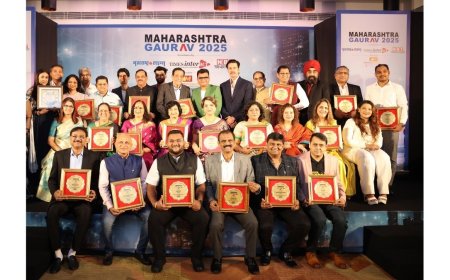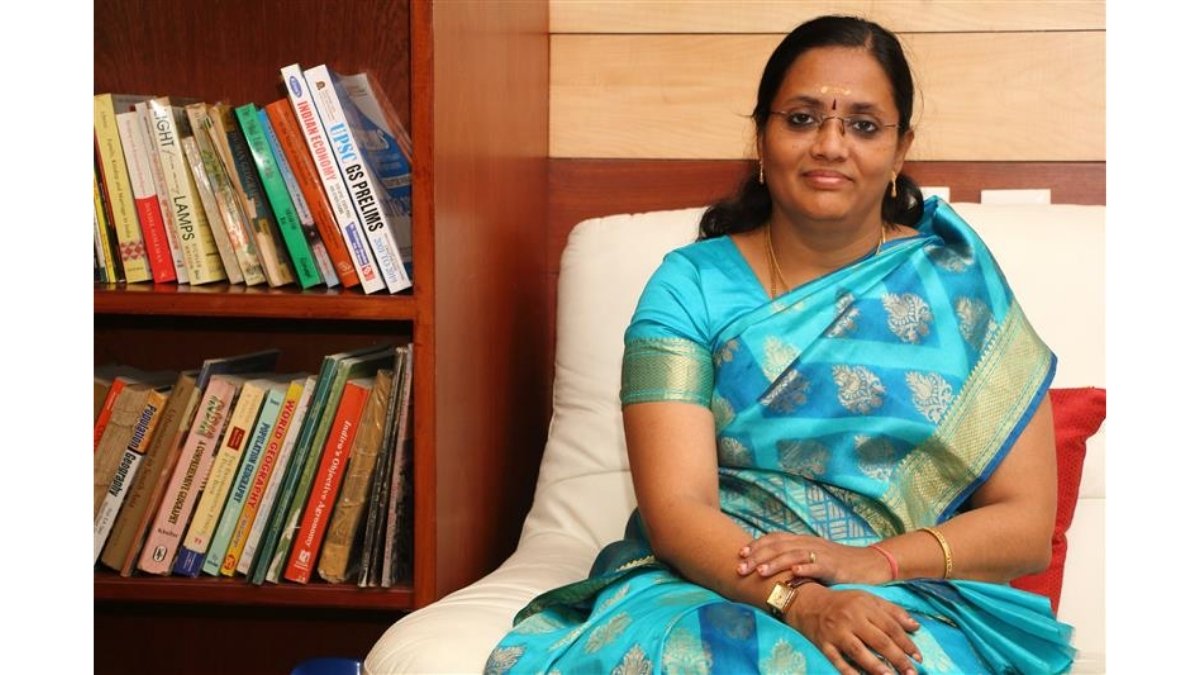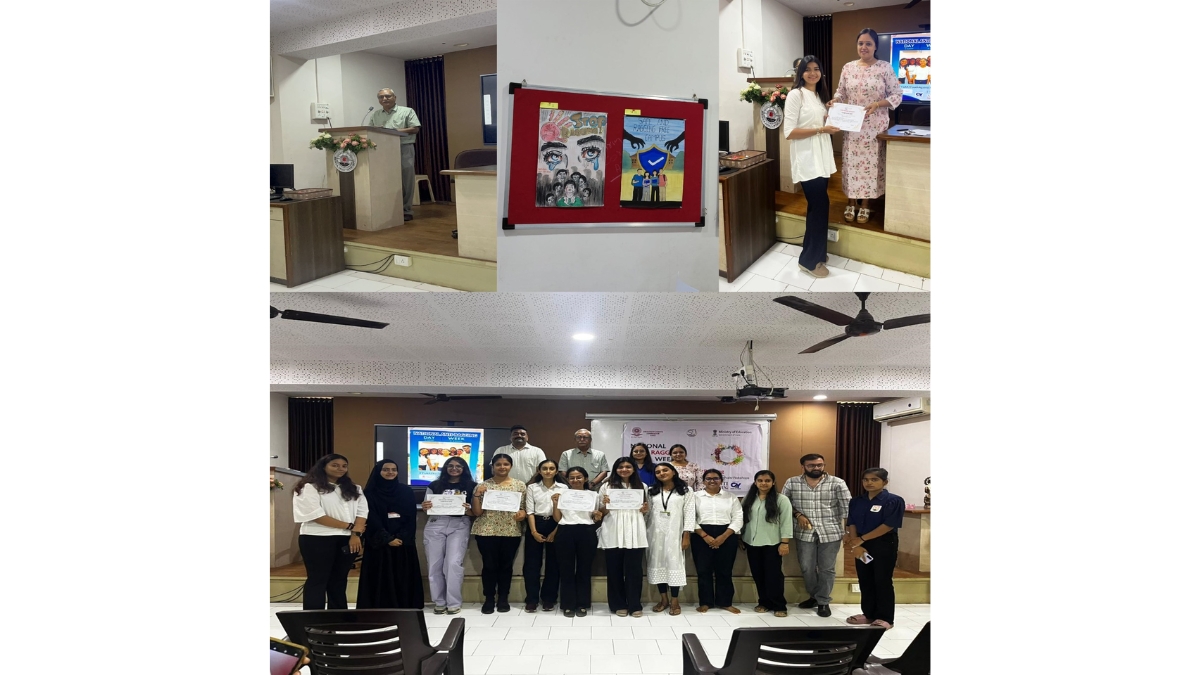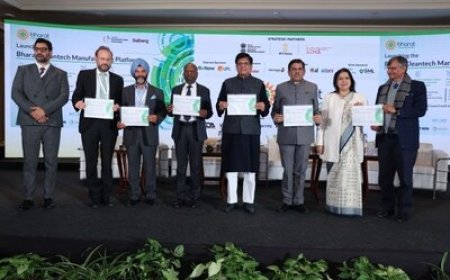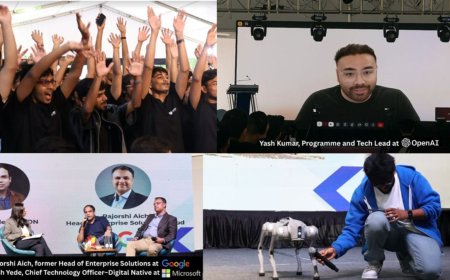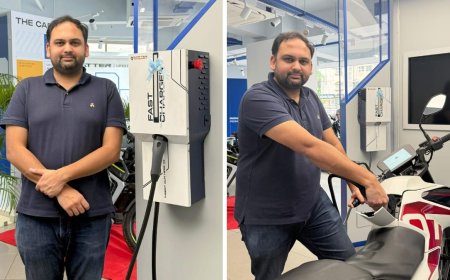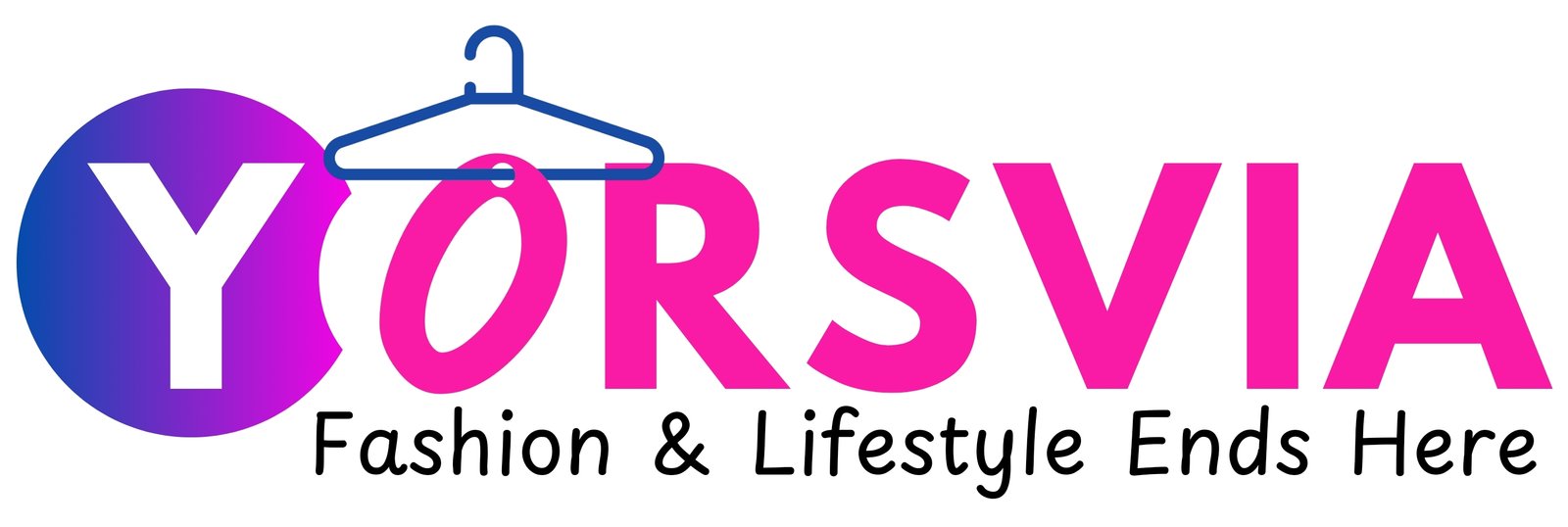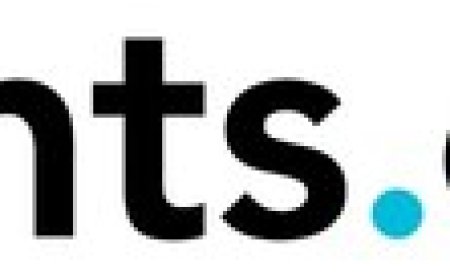Acclaimed Artist James Corwin Says AI Will Make Human-Created Art More Valuable Than Ever
In the Age of AI, James Corwin Predicts a Renaissance for Human-Made Art MISSOULA, Mont., Aug. 14, 2025 /PRNewswire/ -- The proliferation of using artificial intelligence (AI) tools to generate written and visual content over the last few years is considerable. According to Market.us, a credible source for market research data, global AI art sales increased by 40 percent in two years (from $3.2 billion in 2023 to $5.3 billion in 2025). By 2030, AI-generated art sales are projected to reach nearly $19 billion. What does this mean for the value of humanity's creativity and original artwork? Renowned wildlife artist James Corwin does not view the trend as problematic. Corwin represents over 30 artists at the gallery he owns in Hamilton, Montana: Corwin Galleries. His artwork is represented by galleries throughout the United States and is sold internationally. Corwin's work is fueled by a desire to elicit emotion from the viewer, drawing people in and sharing an intimate moment as the story unfolds in the painting. While technology has brought us to the point machines can mimic their makers in many fields, when it comes to something as subjective as art—something created through and interpreted by lived experience—will art generated by AI someday replace human-made art? Corwin weighs in: "It appears a lot of people are worried – and they should be – about AI replacing jobs in creative industries. I think we are seeing this occur in the film industry with CGI animation and computer graphics; there is software that can write music now. I don't share the same feeling that this is a problem for artists. I believe AI is going to strengthen the desirability of original artwork and any art created by a human hand." Corwin notes that the interaction with a piece of art contributes to its value: "We have plays and live theater that can't be replaced and replicated by AI. You also have live concerts where you can listen to your favorite band in person. We can all listen to the same music on our devices, but the draw to interact in person is still there. In the age of AI, people are likely going to be drawn to things that it cannot reproduce, like the tactile nature of brush strokes on canvas or fingerprints in sculpture." When asked how artists can prove the authenticity of their work, Corwin says one solution for artists could be to allow people in on their creative processes. "If an artist holds up a piece of our work in their hands, who is to say that it isn't an AI-generated image? If we bring people into our world by sharing our journey and the process of creating the work from start to finish, then that creates believability and interest around the work," he said. Corwin is not against using AI and digital tools to augment artwork, only that there needs to be transparency about how pieces are produced. "I wish I knew how to use AI to create mockup images for painting references," he said, "People are adopting AI as a tool. It's going to get better and more convincing as it progresses with time, but that's why I believe people are going to be drawn to artwork by humans even more. We are inundated with imagery where we don't know whether it is human-created or not." To learn about Corwin's artistic journey, follow his story on Facebook or listen to one of the many podcasts on which he has recently appeared at jamescorwin.com. Contact Information:James Corwin Fine Art406-471-7518399688@email4pr.comjamescorwin.com View original content to download multimedia:https://www.prnewswire.com/news-releases/acclaimed-artist-james-corwin-says-ai-will-make-human-created-art-more-valuable-than-ever-302529284.html SOURCE James Corwin

In the Age of AI, James Corwin Predicts a Renaissance for Human-Made Art
MISSOULA, Mont., Aug. 14, 2025 /PRNewswire/ -- The proliferation of using artificial intelligence (AI) tools to generate written and visual content over the last few years is considerable. According to Market.us, a credible source for market research data, global AI art sales increased by 40 percent in two years (from $3.2 billion in 2023 to $5.3 billion in 2025). By 2030, AI-generated art sales are projected to reach nearly $19 billion. What does this mean for the value of humanity's creativity and original artwork?
Renowned wildlife artist James Corwin does not view the trend as problematic. Corwin represents over 30 artists at the gallery he owns in Hamilton, Montana: Corwin Galleries. His artwork is represented by galleries throughout the United States and is sold internationally. Corwin's work is fueled by a desire to elicit emotion from the viewer, drawing people in and sharing an intimate moment as the story unfolds in the painting.
While technology has brought us to the point machines can mimic their makers in many fields, when it comes to something as subjective as art—something created through and interpreted by lived experience—will art generated by AI someday replace human-made art?
Corwin weighs in: "It appears a lot of people are worried – and they should be – about AI replacing jobs in creative industries. I think we are seeing this occur in the film industry with CGI animation and computer graphics; there is software that can write music now. I don't share the same feeling that this is a problem for artists. I believe AI is going to strengthen the desirability of original artwork and any art created by a human hand."
Corwin notes that the interaction with a piece of art contributes to its value: "We have plays and live theater that can't be replaced and replicated by AI. You also have live concerts where you can listen to your favorite band in person. We can all listen to the same music on our devices, but the draw to interact in person is still there. In the age of AI, people are likely going to be drawn to things that it cannot reproduce, like the tactile nature of brush strokes on canvas or fingerprints in sculpture."
When asked how artists can prove the authenticity of their work, Corwin says one solution for artists could be to allow people in on their creative processes. "If an artist holds up a piece of our work in their hands, who is to say that it isn't an AI-generated image? If we bring people into our world by sharing our journey and the process of creating the work from start to finish, then that creates believability and interest around the work," he said.
Corwin is not against using AI and digital tools to augment artwork, only that there needs to be transparency about how pieces are produced. "I wish I knew how to use AI to create mockup images for painting references," he said, "People are adopting AI as a tool. It's going to get better and more convincing as it progresses with time, but that's why I believe people are going to be drawn to artwork by humans even more. We are inundated with imagery where we don't know whether it is human-created or not."
To learn about Corwin's artistic journey, follow his story on Facebook or listen to one of the many podcasts on which he has recently appeared at jamescorwin.com.
Contact Information:
James Corwin Fine Art
406-471-7518
399688@email4pr.com
jamescorwin.com
![]() View original content to download multimedia:https://www.prnewswire.com/news-releases/acclaimed-artist-james-corwin-says-ai-will-make-human-created-art-more-valuable-than-ever-302529284.html
View original content to download multimedia:https://www.prnewswire.com/news-releases/acclaimed-artist-james-corwin-says-ai-will-make-human-created-art-more-valuable-than-ever-302529284.html
SOURCE James Corwin

What's Your Reaction?









